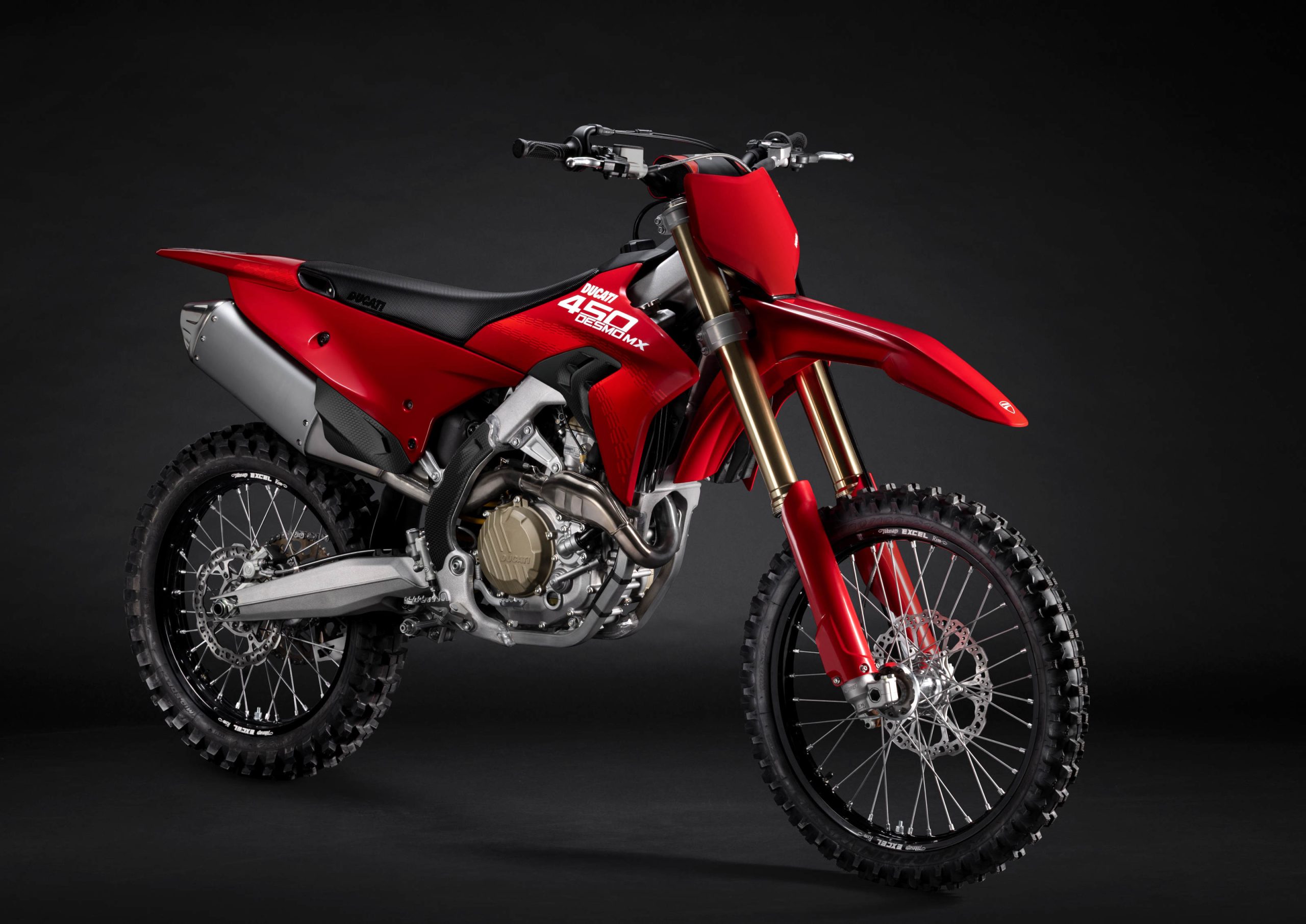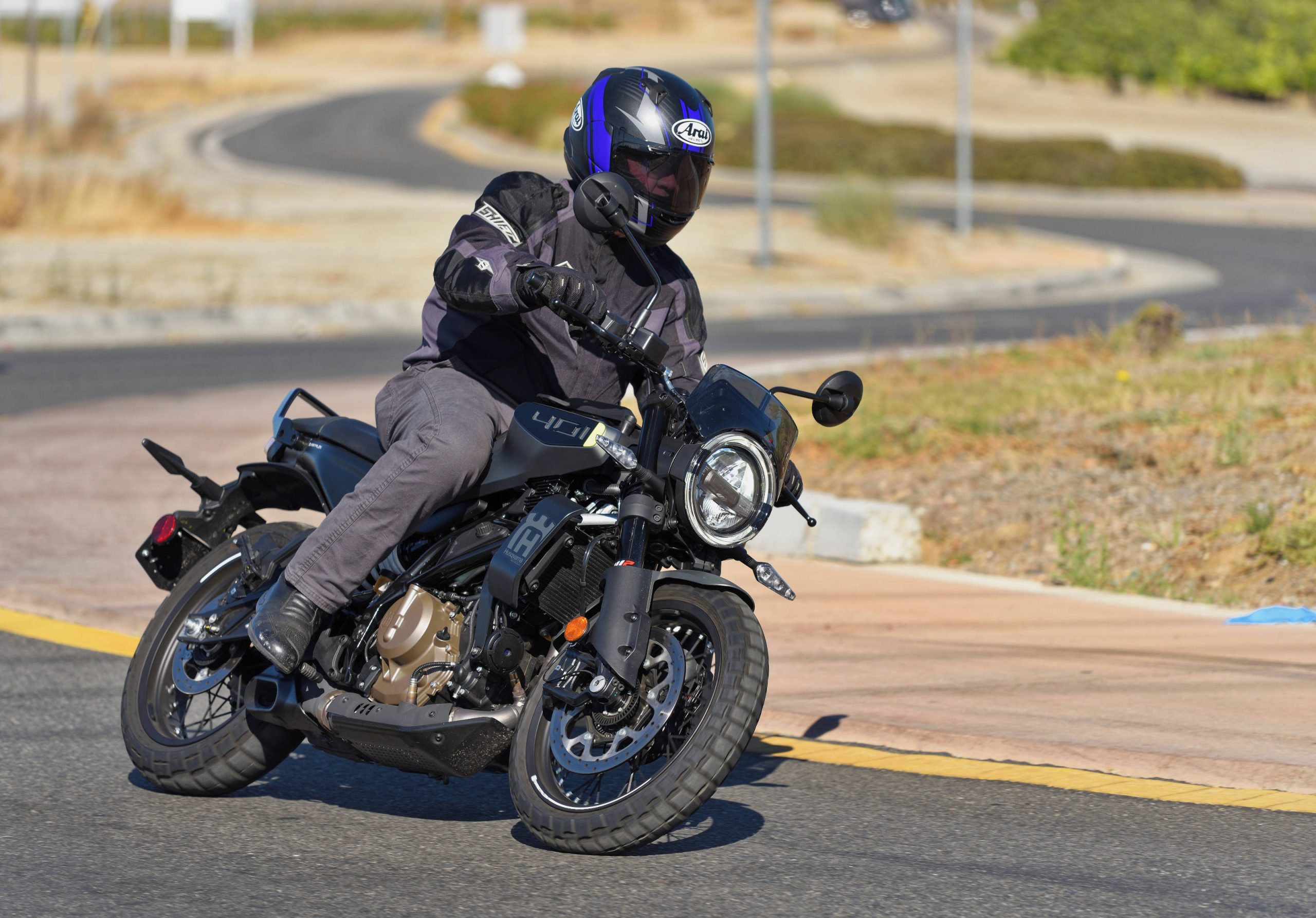When Yamaha introduced its YZ250F a few years ago, it struggled with the bike outdoors. Despite having some good riders, the bike seemed to be down on peak horsepower. Dyno graphs tended to prove this, with 125cc two-strokes offering three to five additional peak horsepower compared to similarly tuned four-strokes.
Things have changed, however. While 250cc four-strokes have always had a huge advantage over 125cc two-strokes when it comes to torque (both the breadth of the torque curve and peak torque), 250cc four-strokes have had to play catch up when it comes to peak horsepower. Apparently, they have caught up.
The evidence seems to indicate that the tuned, 250cc four-stroke motocross bikes are now making very similar peak horsepower to 125cc two-stroke motocross bikes raced at the national level here in the United States. Pro Circuit doesn’t provide horsepower figures for public consumption when it concerns the KX250F race bike developed for Ivan Tedesco (125cc supercross champ in the Western region this year) and his teammates, but the bike is clearly a rocket. Yamaha, on the other hand, has published a claimed crank shaft horsepower figure for its YZ250F raced in the MX2 World Motocross championship in Europe. That claim is 49 PS at the crank, which equals 48.33 U.S. horsepower. Applying a 15% drive train loss factor, this yields approximately 41 horsepower at the rear wheel. 41 horsepower, coincidentally, is about the maximum horsepower rumored to be available from the fastest 125cc two-stroke motocross bikes (including James Stewart’s Kawasaki KX125 and Ryan Hughes’ KTM 125SX).
The one area where the 125cc two-strokes still have an advantage is weight, but the 250cc four-strokes are catching up there, as well. Stock, the four-strokes can weigh as little as seven pounds more than a stock 125cc two-stroke (although the lightest 125cc two-stroke production bike, the Honda CR125R, is still 17 pounds, or so, lighter than the lightest four-stroke production bike in the class).





